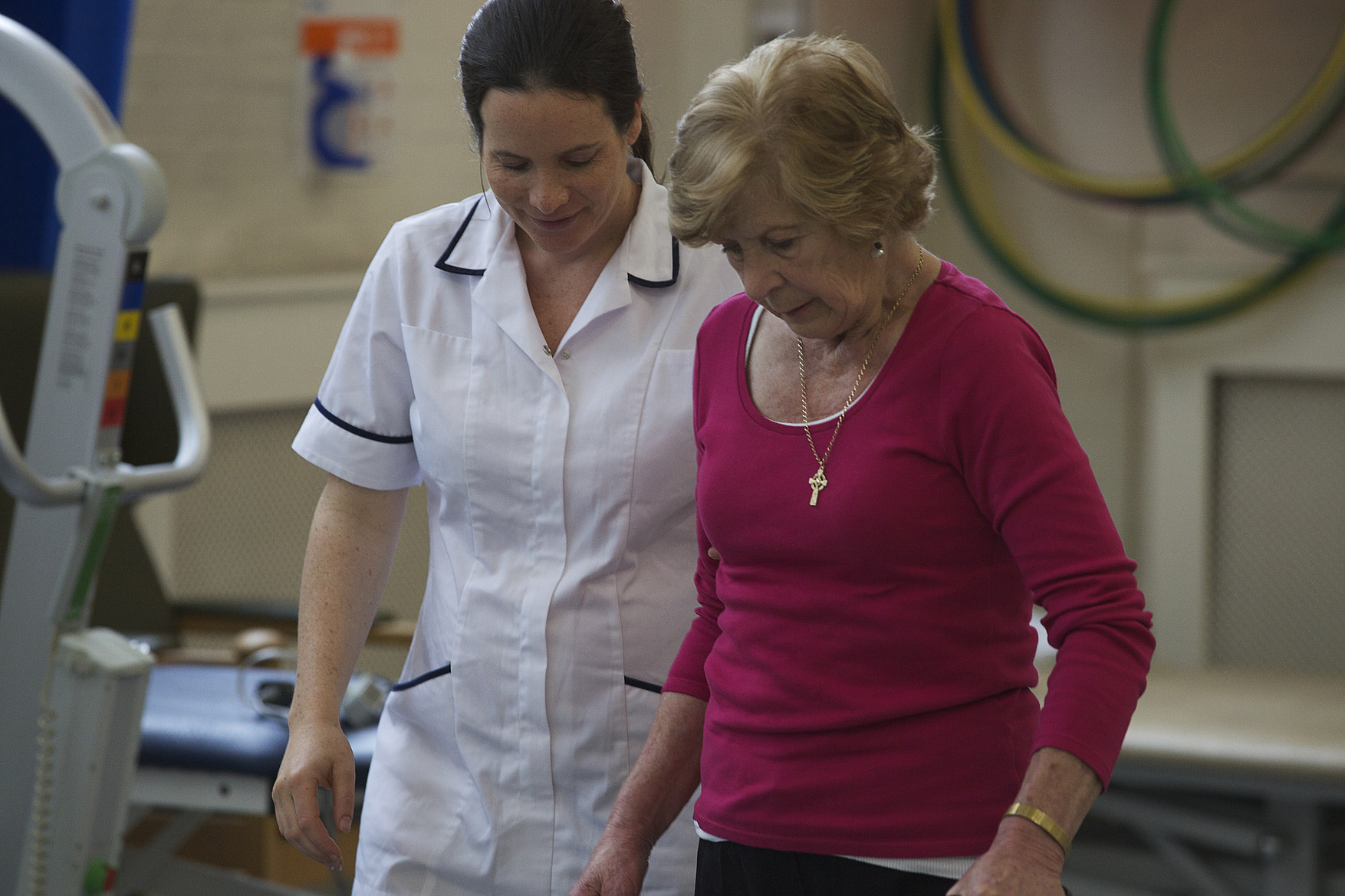
The NHS England Five Year Forward View and Public Health England’s From Evidence into Action highlight the need to focus on a preventative approach to improve population health and wellbeing and to ensure health and social care costs remain affordable.
PHE recognised the need to engage a wider public health workforce to achieve these desired improvements in health and wellbeing and reductions in health inequalities. The allied health professions (AHPs), with a workforce of over 170,000 in the UK, have the potential make a significant contribution to this.
In April 2014, the professional bodies of the twelve allied health professions in the UK agreed a collective ambition to be recognised as an integral part of the public health workforce. Since then the professions have worked with PHE to raise the profile of the contribution AHPs can make to the public’s health.
This has clearly had an impact, AHPs are talking more about their public health role and system leaders have cited AHPs as a group with the enthusiasm, expertise and opportunity to contribute to improving the public’s health and wellbeing.
We have made fantastic progress and now we need to ensure that this momentum is maintained. It’s why I am proud to have supported the AHP Federation to produce ‘A strategy to develop the capacity, impact and profile of allied health professionals in public health’, published today (8 Dec).
The strategy’s vision is for AHPs to be recognised as an integral part of the public health workforce, with responsibility for designing and delivering improvements to health and well-being and reducing health inequalities.
The goal of the strategy is for public health to be part of every AHP’s role while also championing their specialist skills and knowledge that are a key part public health leadership and service re-design.
The 12 AHP professional bodies, the Council for AHP Research, the Council of Deans for Health and the Royal Society for Public Health (RSPH) have supported the development of this strategy and will be working independently and collectively to implement its vision and goals.
AHPs in practice and academia have demonstrated a marked increase in focus on population health and health inequalities. Many AHP interventions whilst not traditionally recognised as public health are contributing to prevention and health improvement.
It is clear that knowledge about what improves population health is required to support changes in practice and therefore PHE commissioned a team of academics led by Sheffield Hallam University to undertake an initial review to:
- Identify examples where there is good evidence of impact on public health by AHPs and therefore an opportunity to broaden practice
- Identify areas which require more focus to demonstrate impact by AHPs on public health
Today we published the results of this work in a report - The role of allied health professionals in public health - examples of interventions delivered by allied health professionals that improve the publics’ health.
This report has provided some clear examples of where there is evidence of AHP impact on public health. These examples of interventions are intended to stimulate discussion between AHPs and public health specialists.
Traditionally AHPs have focused on therapeutic interventions for individuals and therefore the bulk of the outcomes measured and research undertaken reflects this.
Clearly interventions carried out by AHPs have the potential to impact the health of the wider population; however for this to become a reality, an increased focus on population level outcomes as well as outcomes on overall health and wellbeing for individuals is required.
There is a desire in England to widen the public health workforce contributing to health improvement, but this requires a commitment from AHPs at local level to collect and aggregate data and to make the impact of their interventions more explicit.
A move to demonstrate impact across populations would allow AHPs to systematically improve population health and wellbeing and address health inequalities.
AHPs alongside other health care professionals are responding to the call to action on prevention. Where services are designed by AHPs to deliver population level health outcomes, they will be able to plan evaluation into the intervention in order to demonstrate the impact.
There is an urgent need to develop tools to support the demonstration of population impact of health care professional interventions and I’m looking forward to working with the RSPH, nursing and pharmacy colleagues on this.
